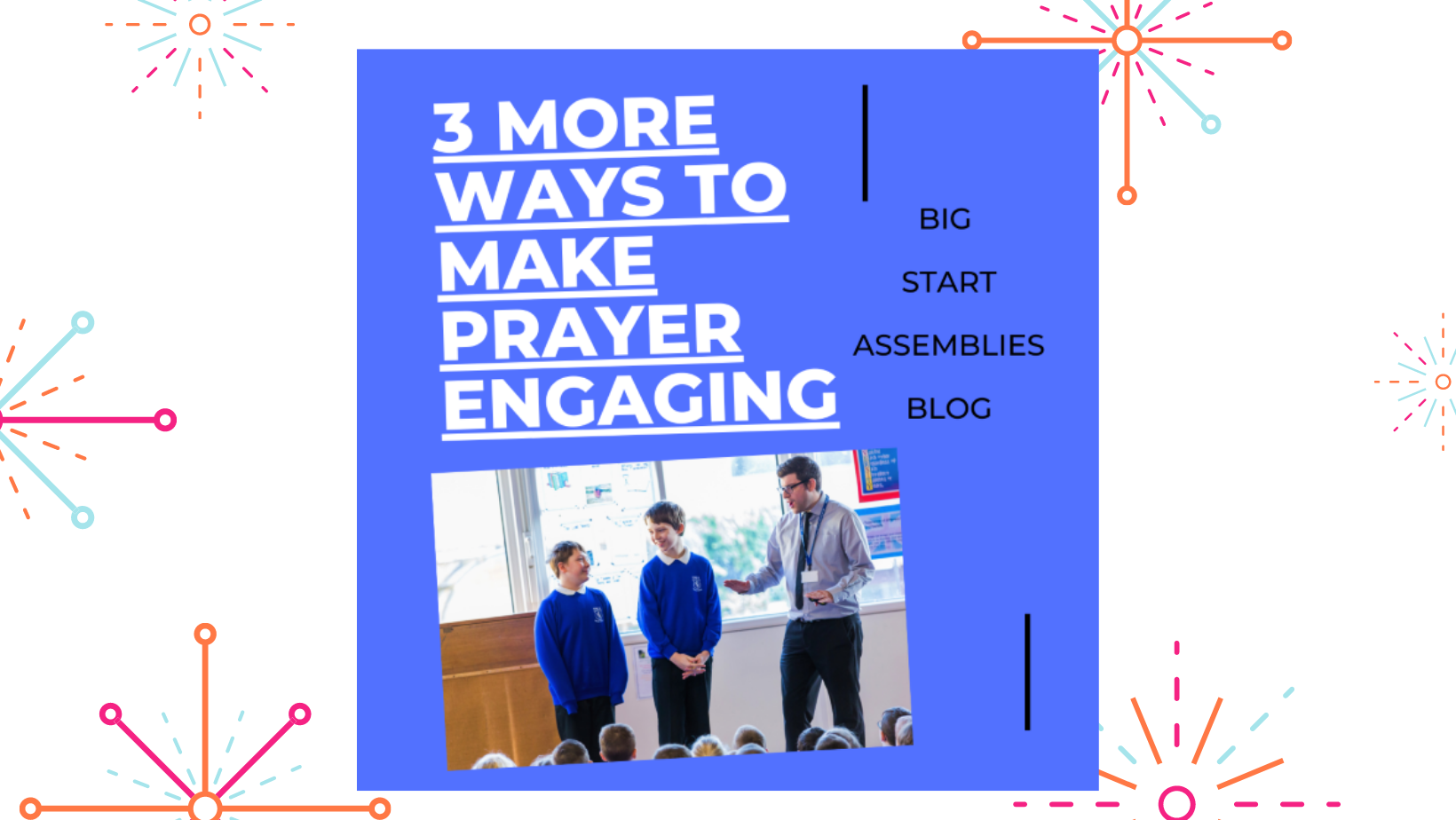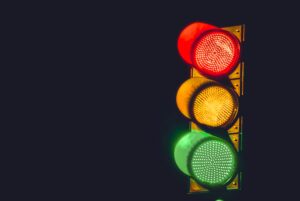
“True prayer is neither a mere mental exercise nor a vocal performance. It is far deeper than that. It is a spiritual transaction with the creator of Heaven and Earth.” – Charles Spurgeon
This blog post follows on from here, offering three more ways you might explore prayer. As said in the previous blog on prayer, these “ways” are not just for you to ‘lift” and insert into an assembly (though you could do that!), but hopefully will spark your imagination about what tools and ideas you could employ to make this important time fit your context and the children you work with!
1. How do you pray with Integrity?
The word integrity comes from the Latin and means whole or complete. We don’t just pray with words from our mouths – our whole set of senses can be used to express what we want to say; can be used to listen and respond to what God is saying when we pray. Using our senses in prayer reminds us we can’t separate prayer into some holy activity – it involves every part of our lives if we see ourselves as whole people, open to God. Therefore, this selection of ideas focuses on engaging the whole person – body, mind, senses!
Senses Prayer:
If you have an artist who could create some images for this – great, if not – google some clip art!
Sight – For sight, have an “Eye” and the bible passage Jeremiah 1:11, “What do you SEE?” – have some questions here, what do the young people see as they look at the world, look at themselves, look at their friends – what does God want them to see and notice?
Sound – Have an “Ear” for sound, and the bible passage written out 1 Kings 19:11-13 – Elijah and the whisper of God
Smell – Have a picture of a Nose and the bible passages – Psalm 142:2 and 2 Corinthians 2:15 written out – we are like “sweet smelling incense” – or are we? Ask the young people to consider what areas of their life and faith might be sweet smelling, and – what stinks?!
Touch – Have a picture of a Hand – and the bible passage John 6:9 “The boy had five loaves and two fish” . . . ask the question, what do you have in your hand? What do you already have that you can give in the service of Jesus. . what can you do with the little you have – just like that boy?
Taste – Have a picture of a mouth . . you can take this in different directions, “may the words of my mouth” (Psalm 19:14) and / or “Taste and see that the Lord is good” (Psalm 34:8) and “your words are like honey on my lips” (Psalm 119:103) . . . have some toast with honey cut up in strips and as the young people read the verses – taste and think about what satisfies, what brings them pleasure . . .
2. What do you see?
“People look on outward appearance, but the Lord looks on the heart.” – 1 Samuel 16:7
We live in a culture that so often judges by outward appearance. God, on the other-hand, looks at the heart. We have contemporary sayings that echo this our children might be familiar with such as “Don’t judge a book by its cover”, yet it is still hard to do.
Made. for this you will need to borrow or buy a full length mirror. This is a reflection exercise for young people to realise who they are in God. you will also need “glass pens” or – lipstick! Write up on the mirror some of the verses in scripture that talk about who we are . . . do young people see these things written over their lives when they look in the mirror, do they see themselves as God sees them? e.g. God’s workmanship / Child of god / Heirs with Christ / Fearfully and Wonderfully made . . . encourage the young people to look in the mirror and take hold of those truths about who they are.
3. Will I be the answer?
Then I heard the voice of the Lord saying, “Whom shall I send? And who will go for us?” And I said, “Here I am, send me!” – Isaiah 6:8
Sometimes it is obvious what we should be doing, and other times it is less clear. When we pray – or when we encourage prayer – it is good practice to be open to the possibility that we – ourselves – might the answer! What if God nudges us to do something in response to what we have prayed?
Traffic Light Prayers. Have three huge circles on the wall – Red, Yellow, Green – what do we need to stop, think about, start or “go”?

For Red – stop – write H.A.L.T. under the circle, ask the children here to consider are there things they are more likely to think, do or say that they regret when they are H-Hungry; A-Angry; L-Lonely; T-Tired – what do they need to stop!
For Yellow, ask the children are there things they are uncertain of, waiting on, not sure about? Do they need to get ready for something?
For Green – go – what is God calling them to do? As they have prayed, is there something that God is saying “do this”, go and “make a difference here”. Have Red, Yellow and Green post – it notes for the different areas.
